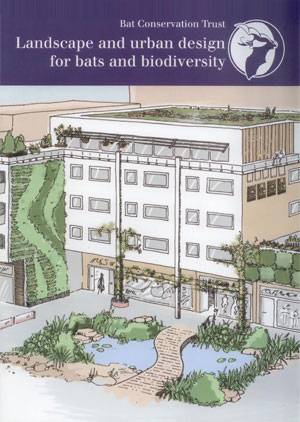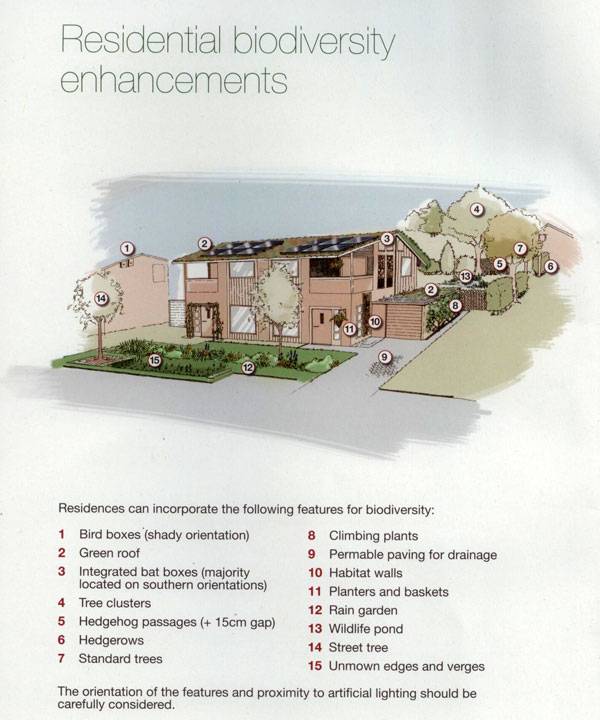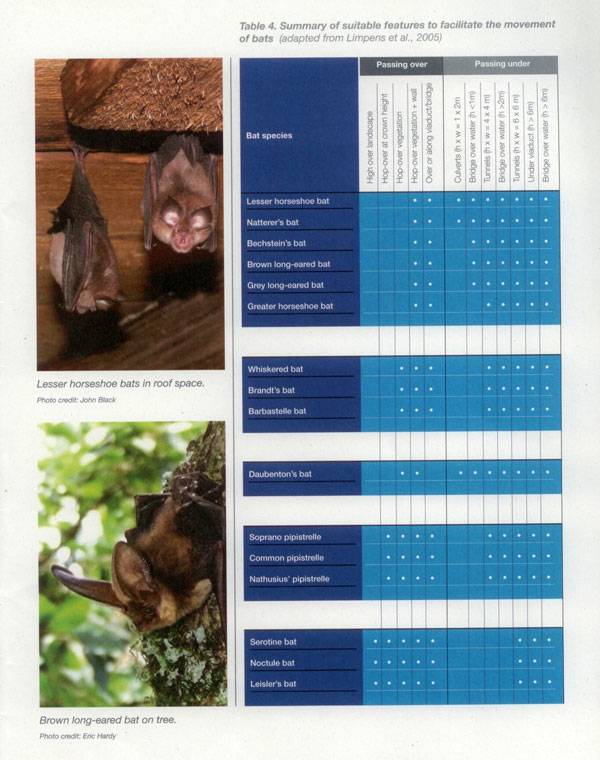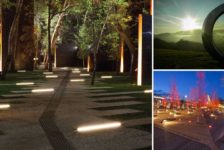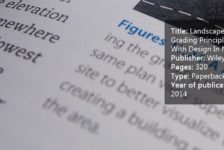Landscape and urban design for bats and biodiversity by Kelly Gunnell with contributions from Gary Grant and Dr Carol Williams. While designing landscapes, we often focus only on making the space beautiful, and when it comes to making it also practical, we only think about human users of the designed space. We often forget that our work has immense influence over the environment and the organisms that live in it. Some of the animals are more dependent on the specific conditions than others; bats certainly belong to the first group. The comprehensive handbook on Landscape and urban design for bats and biodiversity by Kelly Gunnell, published by the Bat Conservation Trust, helps all the people responsible for designing our landscapes to make sure they are arranged according to the needs of those rare, magnificent creatures.
Overview The books explains the importance of correct landscape planning for bats. It goes into detailed description of the behaviour of different species of those mammals and how they are affected by their environment. It is divided into three main chapters, according to the way the bats tend to use their habitat: foraging, roosting and commuting. Each of those activities require a very specific landscape to enable the bats to fully prosper. Lack of thereof will inevitably lead to the decreasing of the population and even to the extinction of certain species. Each chapter ends with a summary of its key points, which makes the book easy to refer to at any time. Why should you get it? Kelly Gunell describes exact conditions that need to be met in order to provide the bats with foraging opportunities. She stresses the importance of the right planting, both the species and the pattern, deadwood, urban wetlands and open habitats. The author mentions also rivers and even rain gardens, as well as green walls and roofs, as possible foraging habitats. Get it HERE!Landscape and Urban Design For Bats
In the chapter devoted to roosting, the author describes both natural and man-made roosting sites. She specifies the conditions required by all bat species native to the UK for successful roosting. She also gives a detailed account of management of such habitats. Last, but not least, the two final chapters are devoted to commuting and landscape connectivity – corridors and linkages. The author provides an in-depth knowledge of linear features in the environment such as hedges and trees, urban biodiversity, pocket parks, gardens and squares, and eco – passages. She also stresses the importance of limiting the outdoor lighting.
The book is easy to read and very comprehensive. The writing is clear, there is an abundance of the informative tables, graphics and photographs. The layout of the chapters and the range of topics make it a great handbook for both students and professionals. Other book reviews you may be interested in:The Landscape and urban design for bats and biodiversity handbook should be an obligatory read for everyone involved with designing landscapes.
Get it HERE! About the author: Kelly Gunnell – Urban Ecologist & Biodiversity Specialist, author of several papers and books on urban biodiversity. She holds a BSc in zoology and journalism and an MSc in conservation genetics of a native trout in the USA. She volunteered for WaterAid and RESET and worked as Built Environment Specialist at the Bat Conservation Trust. Currently she is managing the Ecology Service for the Royal Borough of Kensington and Chelsea. Contributing authors: Gary Grant – an ecologist with a special interest in the urban environment. He has worked in Europe, China and the Middle East on the ecological aspects of city greening for 30 years and has been interested in green roofs since 1992, when he worked on the Horniman Museum Extension. Dr Carol Williams – a chartered biologist , interested especially in bats. She carried out a PhD on the winter ecology of lesser horseshoe bats. She works as a Director of Conservation at the Bat Conservation Trust. Publisher: Bat Conservation Trust Type: paperback Page length: 35 pages Book review and image scans by Marta Ratajszczak Return to Homepage Published in Blog


